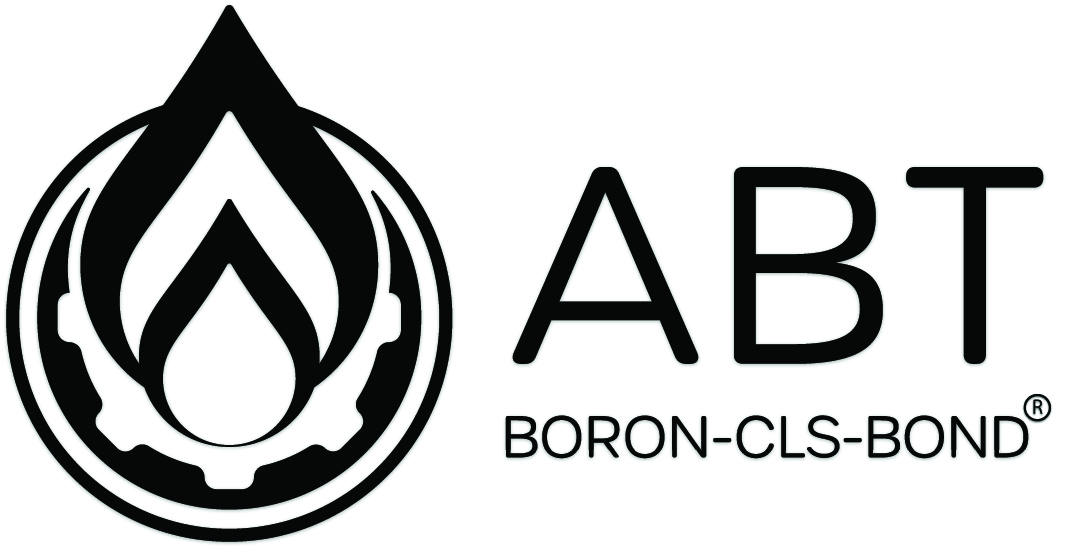How to Create a Single-Step Income Statement and Simplify Your Small Business Accounting
A business’s cost to continue operating and turning a profit is known as an expense. Some of these expenses may be written off on a tax return if they meet Internal Revenue Service (IRS) guidelines. Revenue realized through primary activities is often referred to as operating revenue. On the other hand, indirect costs are generalized costs that are cannot be attributed to the single products of the company. Examples of indirect costs include salaries, marketing, and development, accounting expenses, as well as rent. Navigating the world of financial statements is akin to choosing between two paths through a dense forest.
Key Variances in Reporting Revenue and Expenses
- The income statement calculates the net income of a company by subtracting total expenses from total income.
- However, this format could miss leading users of income statements, especially for non-accounting experiences users, because this format treats all kinds of revenues into only one section.
- This makes it more difficult for users to extract useful information from an income statement.
- Income statements, or profit and loss statements, reveal a company’s financial performance.
- It stands out for several processes that systematically ascertain net income, operational income, and gross profit, therefore revealing the profitability and efficiency of different corporate divisions.
- However, real-world companies often operate on a global scale, have diversified business segments offering a mix of products and services, and frequently get involved in mergers, acquisitions, and strategic partnerships.
It provides a more detailed breakdown of expenses than a single-step income statement and uses a variety of equations to determine the net income of a business. A single step income statement is one of the simplest formats for presenting a company’s profitability over a specified period. A multi step income statement is a financial statement that provides a detailed look at a company’s profitability. Unlike a single step income statement, which only lists gross profit and operating profit, a multi step income statement breaks down each component of the company’s income and expenses.
Single-Step vs. Multiple-Step Income Statements: What’s the Difference?
This provides several subtotals before arriving at net income, giving users a nuanced understanding of profitability from core business activities. Publicly traded companies use this format because it offers greater transparency for investors and regulators. Single step vs multi step income statements means the difference between simple and detailed https://nofcointernational.com/how-to-calculate-common-shares-for-financial/ income statements. A multi step income statement includes subtotals for gross profit, operating expenses, and non-operating expenses.
Simplifying Tax Reporting with a Single-Step Income Statement
This separation allows for a more precise analysis than the single-step income statement, which combines all expenses into one lump sum. The multi-format’s main advantage lies in its ability to provide detailed informational purposes, offering a clearer picture of how direct costs impact the business’s bottom line. The income statement, also called the profit and loss statement, is a report that shows the income, expenses, and resulting profits or losses of a company during a specific time period. Freelancers and sole proprietors, who typically manage their own finances, also appreciate the simplicity of the single-step income statement.
Single Step vs Multi Step Income Statements
- Direct costs refer to expenses for a specific item, such as a product, service, or project.
- A multi-step income statement evaluates how a company earns a profit from its initial business activities.
- A single step income statement is a format of income statement, which uses just a single subtraction i.e. the total of all revenues, incomes, and gains minus the total of all expenses and losses.
- Besides the main revenue source, company may generate other incomes that are not the main business activities.
- There are a few subtotals that contain the gross profit, operating margin, EBIT, and Net Income.
- The single-step income statement is the simpler of the two formats, because it uses just one equation to calculate a business’s net income.
Businesses can choose between single-step and multi-step income statements based on complexity and reporting needs. They enable businesses to track revenue generation, manage expenses, and evaluate profitability. Comparing income statements over time reveals growth trends and areas requiring attention. To prepare a Single Step Income Statement, you must first calculate the total revenues by adding together all sources of income. Finally, calculate the net income by subtracting total expenses from total revenues. However, real-world companies often operate on a global scale, have diversified business segments offering a mix of products and services, and frequently get involved in mergers, acquisitions, and strategic partnerships.
- Ultimately, the choice of which method to use will depend on the needs of your business and what kind of information you need to glean from your income statement.
- The other two key statements are the balance sheet and the cash flow statement.
- Without this data, investors may be less likely to invest in a company, and this can cause businesses to miss out on opportunities to acquire operating capital.
- This guide will help you understand these two financial reporting methods, including the key differences, formats, and even provide Excel examples.
- For example, interest expenses and other expenses that spend by the entity like selling of fixed assets.
- A single-step income statement groups all revenue and expenses together, offering a simple, singular metric of profit or loss.
Operating items are typically contribution margin those arising from the entity’s primary activities—for a manufacturing company, for instance, the sale of goods and corresponding cost of goods sold. Nonoperating items are peripheral transactions, such as interest income, interest expense, or gains and losses on investments. By showing how revenues are transformed into net income or loss, it helps stakeholders understand the financial impacts of management’s decisions, market conditions, and operational capabilities.
Format and Components
This example of a multi-step income statement gives you an insight into the final report. This example of a single-step income statement gives you an insight into the final report. It gives a single step income statement breakdown of operating and non-operating income statements to analyze in detail.






